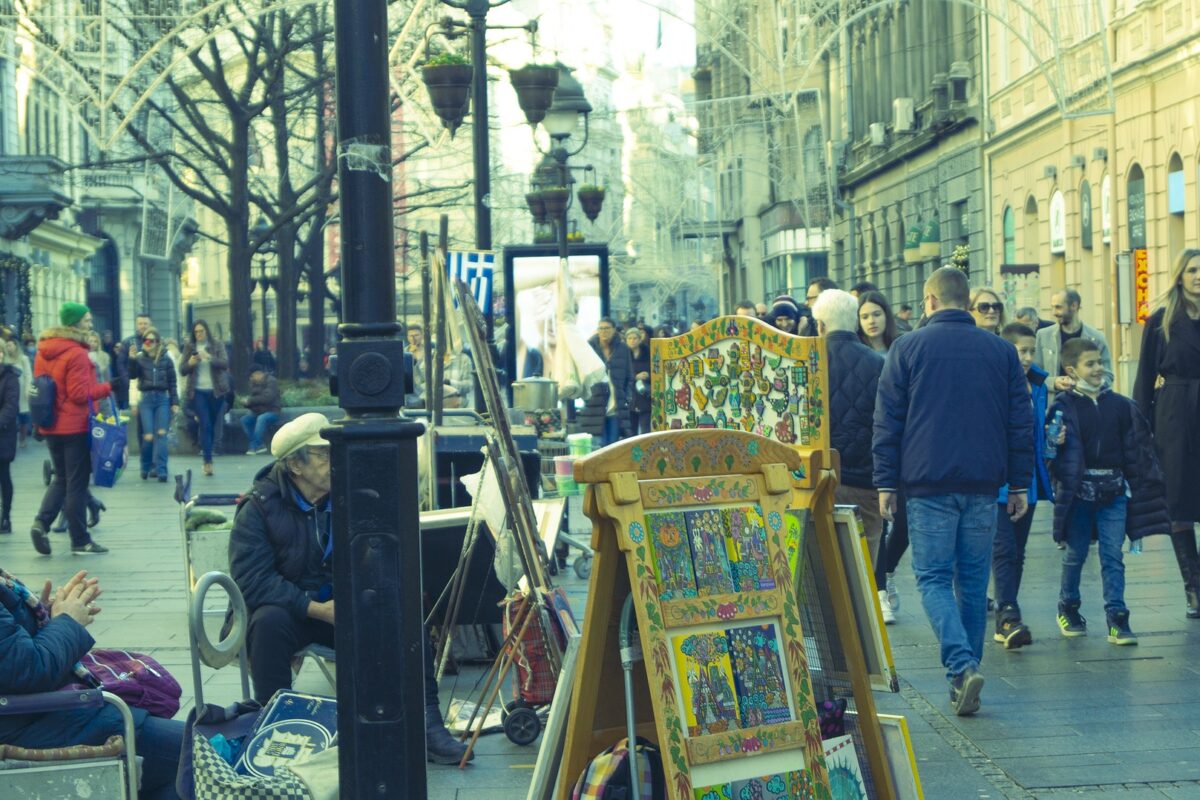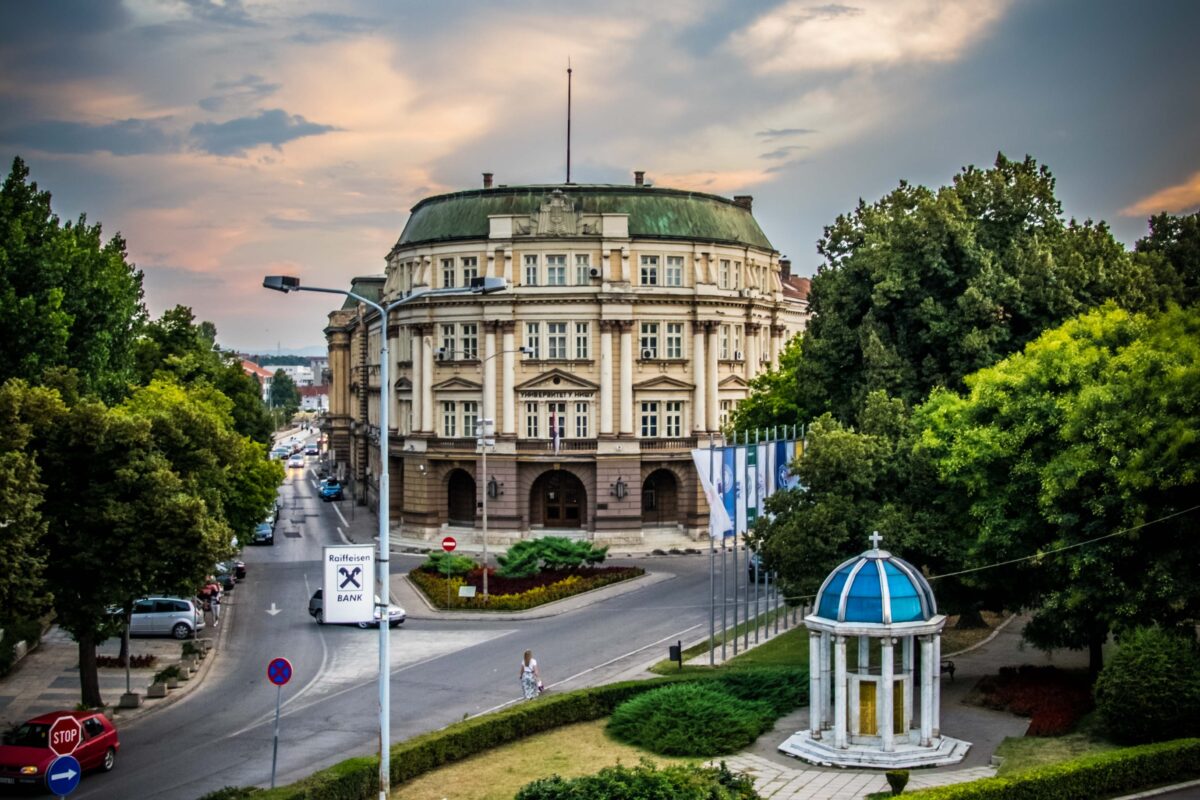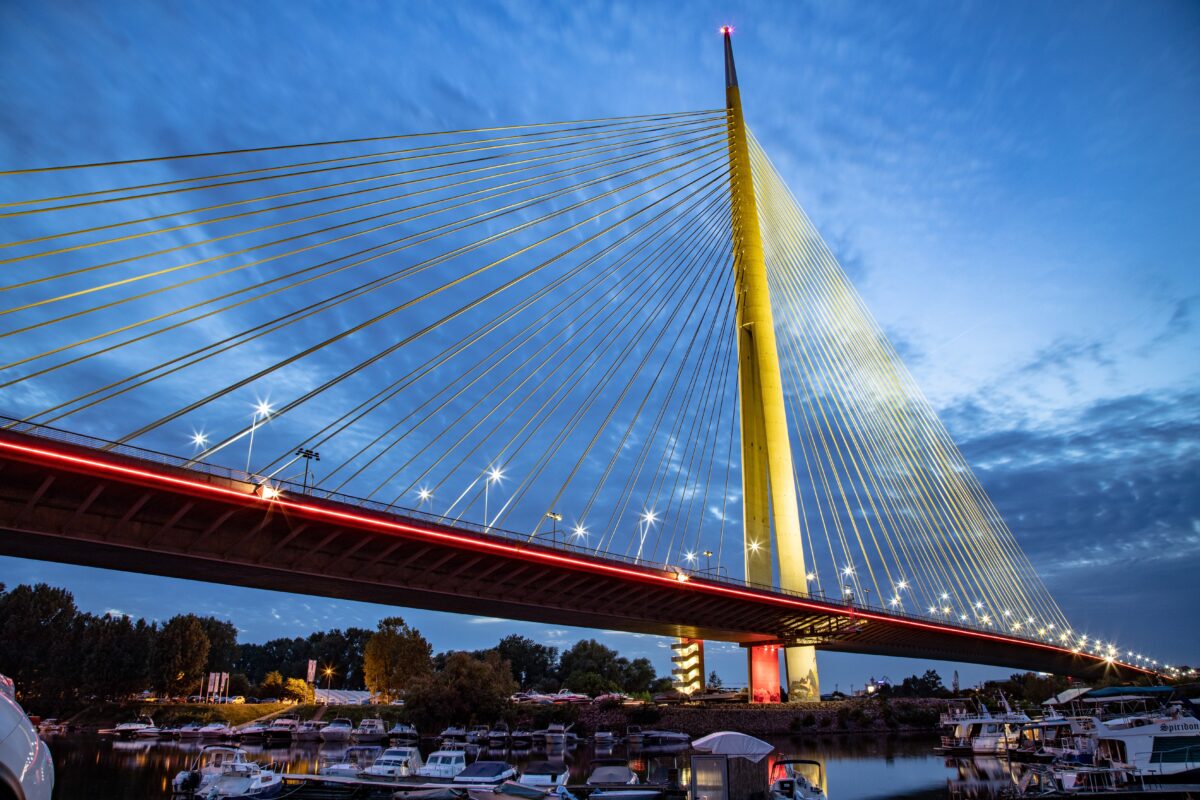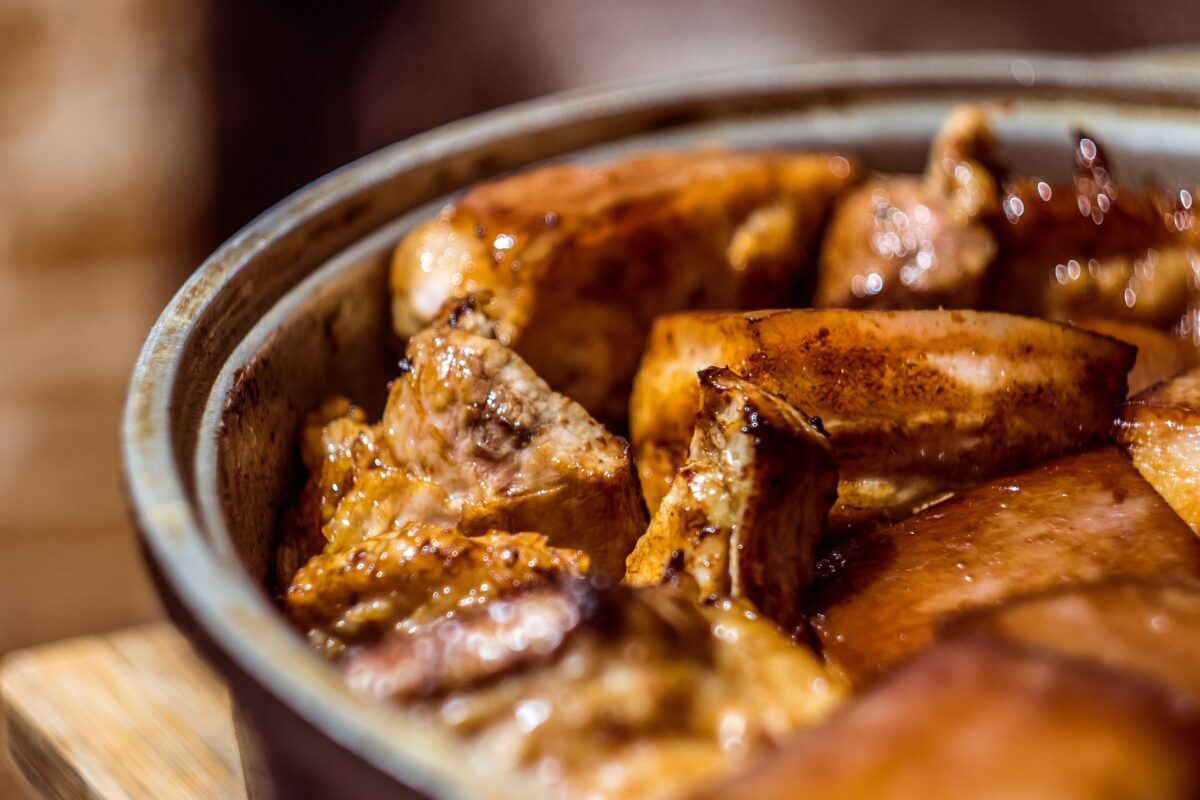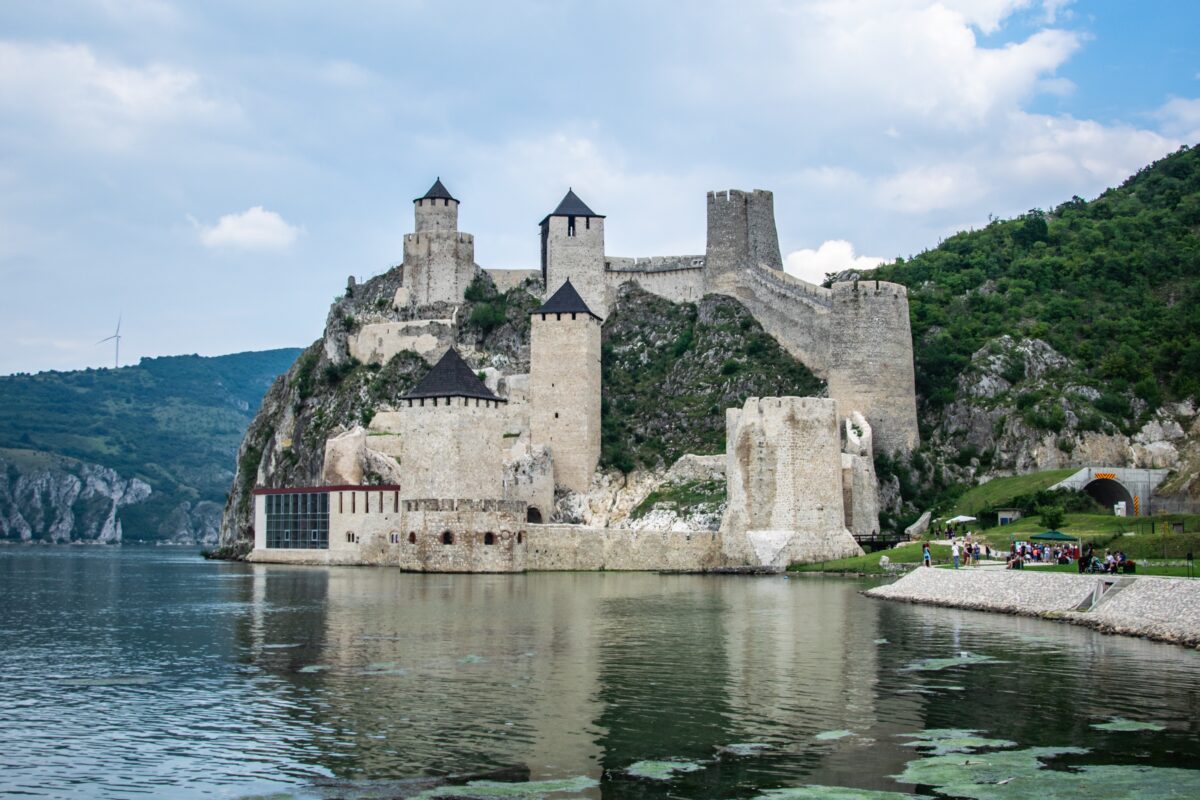If you were to select two words that best describe the Serbian people it would have to be temperamental and hospitable. Thanks to those qualities of your hosts, you will always have a great time in Serbia and feel like you’ve never even left home.
Serbia is the home to around 40 different nationalities, while each of them made their own mark on the population’s collective spirit.
Kosovo and Metohija not included, the total population stands at 7,120,666.
The population majority are Serbs – 82.86 percent, while its many minorities are: Hungarians (3.91 percent), Bosniaks (1.82 percent), Roma people (1.44 percent), Yugoslavs (1.08 percent), Croats (0.94 percent), Montenegrins (0.92 percent), Albanians (0.82 percent), and others. The highest number of minorities is in Vojvodina.
Language, script and religion
The official language is Serbian, while the official script is Cyrillic. Since Serbia is a country that has many ethnically versatile regions, in its multinational environment other languages such as Hungarian, Slovak, Romanian, and Croatian are also in use. Latin script, which is very widespread in Serbia, is also learned in schools.
Serbian language belongs to a group of South Slavic languages. After a reform introduced by Vuk Karadžić in 1868, Serbian Cyrillic script consisted of 30 letters, and is even today learned according to a principle – write as you speak, read as it is written.
The dominant religion among the majority of population is Orthodox Christianity (84.98 percent), followed by Roman Catholic (5.48 percent), Islam (3.2 percent), Protestantism (1.08 percent), while other religions are present as well.
Serbia does not have a state religion – religious holidays are not considered state holidays.
Hospitality, the main trait of the Serbian people
Hospitality seems to be an innate principle of the Serbian people, while a smile, heartiness and high spirits are a main characteristic of the hosts, and can guarantee you good times and enjoyment. Hospitality is a common thing in Serbia, so much that it is often the case that many guests are surprised by the warm and hearty welcome, above any expectations, that remains securely in their fondest of memories. Therefore you shouldn’t be surprised when you get kissed as many as three times, as such are the customs in Serbia, just like yelling out “Živeli!” (Cheers!) by which you reciprocate the host’s kindness in the best way.
People who enjoy festivals and celebrations
The temperamental and cheerful people in Serbia always find a way to happiness and joking, even when it appears there isn’t one. The traditional festivities that bring entertainment, music and gourmand in abundance are a right place to get acquainted with the playful and cheerful temper of the citizens of Serbia.

